Case Study: What's at the Center of Snapmaker's Multi-Million Dollar Success?
The 3D printer designer and manufacturer explains how community is at the core of their innovation.
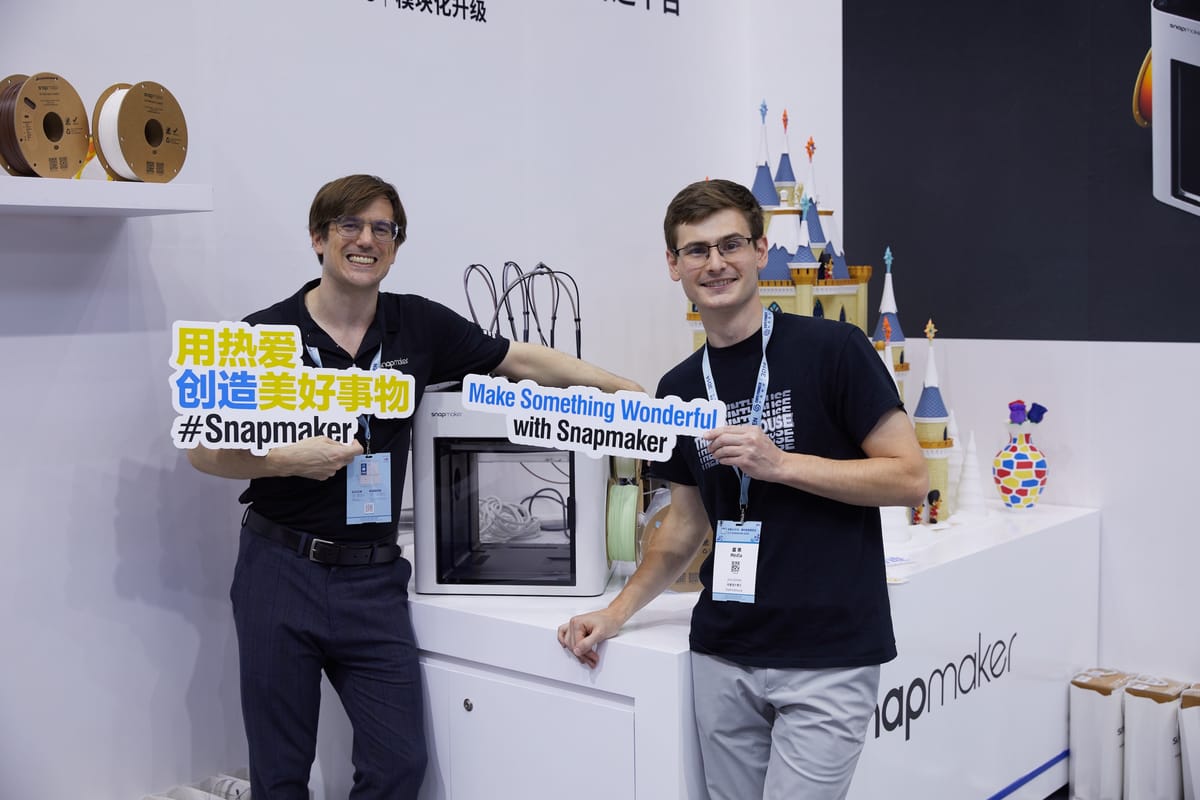
Snapmaker is a 3D printer designer and manufacturer whose most recent Kickstarter project is currently at over 20 million dollars raised (with a few days remaining in the campaign).
This is the company's most recent multi-million dollar campaign in a series of three multi-million dollar campaigns. There are a number of 3D printer designers out there: Why have they, as a company, been so successful? To put it in simply: They've made listening to their users part of their creative process.
More specifically, Snapmaker created a test pilot program where they shipped 19 beta units to experienced community members and past Snapmaker video contest winners to get detailed feedback that impacted the final product.
This process showcases trust in the people using the things you make; in turn, it gives the users more reason to trust the product. It's a great idea, but how did they come up with it?
"U1 & You–Community at the Core of Innovation," a talk given by Snapmaker Creative Marketing Manager Blayne Sapelli earlier this month at TCT Shenzhen, China's leading event for 3D printing and additive manufacturing intelligence, helps to answer this question.
As its title suggests, it places community at the center of innovation.
We're reprinting the speech here because it can be applied to any number of creative practices. How do you build trust with your community of users? How do you then build your product with that community in mind? These are useful questions to ask, not just by Snapmaker, but by anyone trying to create a user-facing project or product.
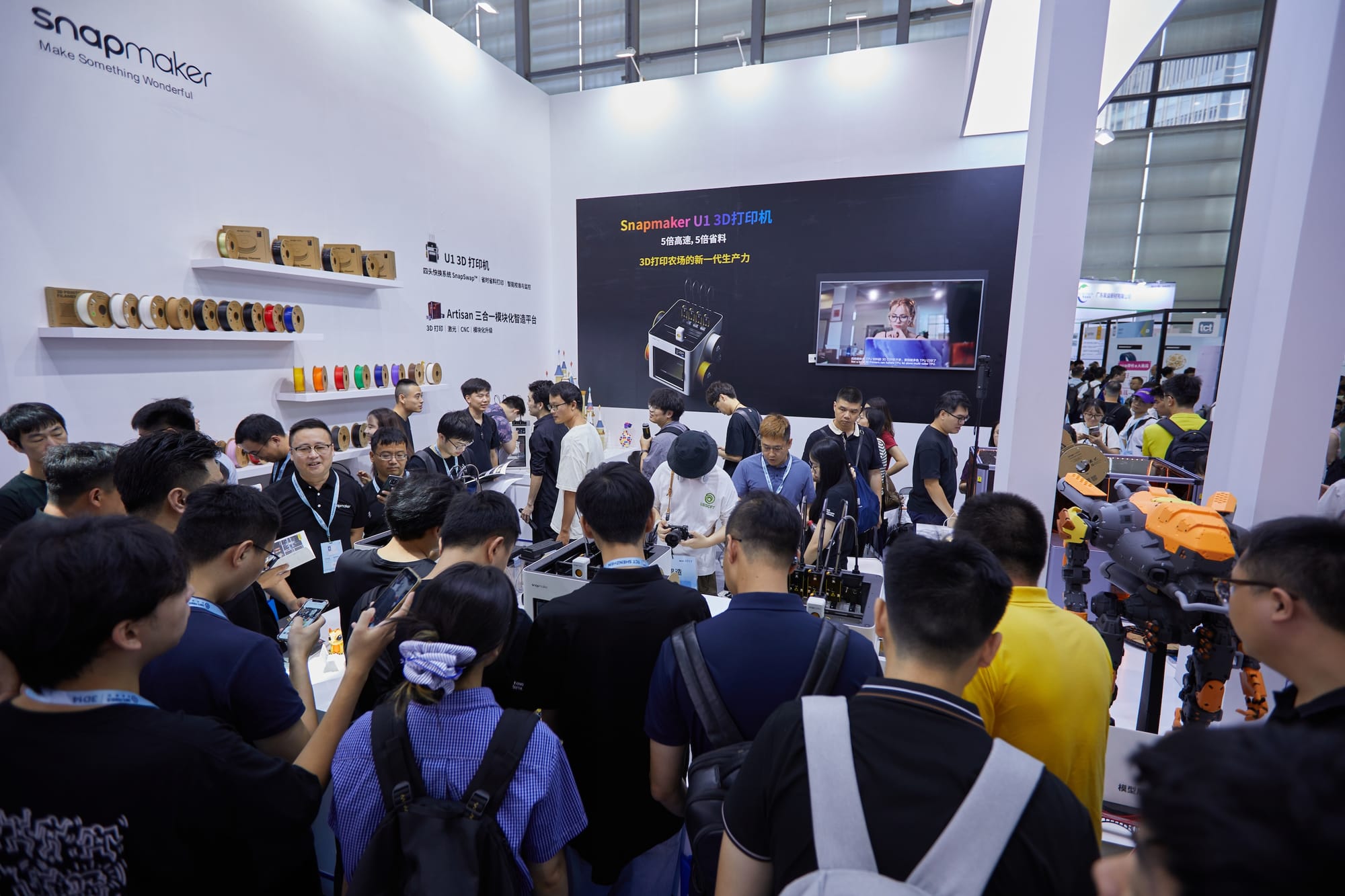
Creating Things With People In Mind
If you're not building products for people, you're not a business.
It's an obvious truism that the start of any great product is connecting with your customers, understanding what their problems are, and solving those problems.
In 2022, Snapmaker made what I would consider a misstep in strategy. No need to get into it, but the point is—the products that came out that year simply didn't appeal to the users in a way that the competitors did.
So we had to go back to the drawing board and ask: "What Do The Users Want?"
Through extensive user interviews, the same points kept popping up: They loved the new multi-color printers that were coming out, but they wanted these capabilities: faster, less waste, less money.
Taking The Time To Do It Right
But how do you do all of this?
We looked at several different options: Immediately we knew that we didn't want to do filament changing, as this was causing the waste problem. First we explored nozzle swapping. And we also researched Toolchanging.
And that was the technology we set our sights on.
Toolchanger had been done before—there's no such thing as a completely novel idea—but Snapmaker had always put out premium products and we've gotten quite good at cost control and supply chain management to the point where we believed we could get an excellent, high performance product out for under $1000.
It took 2-3 years of development to get there, but we've done it.
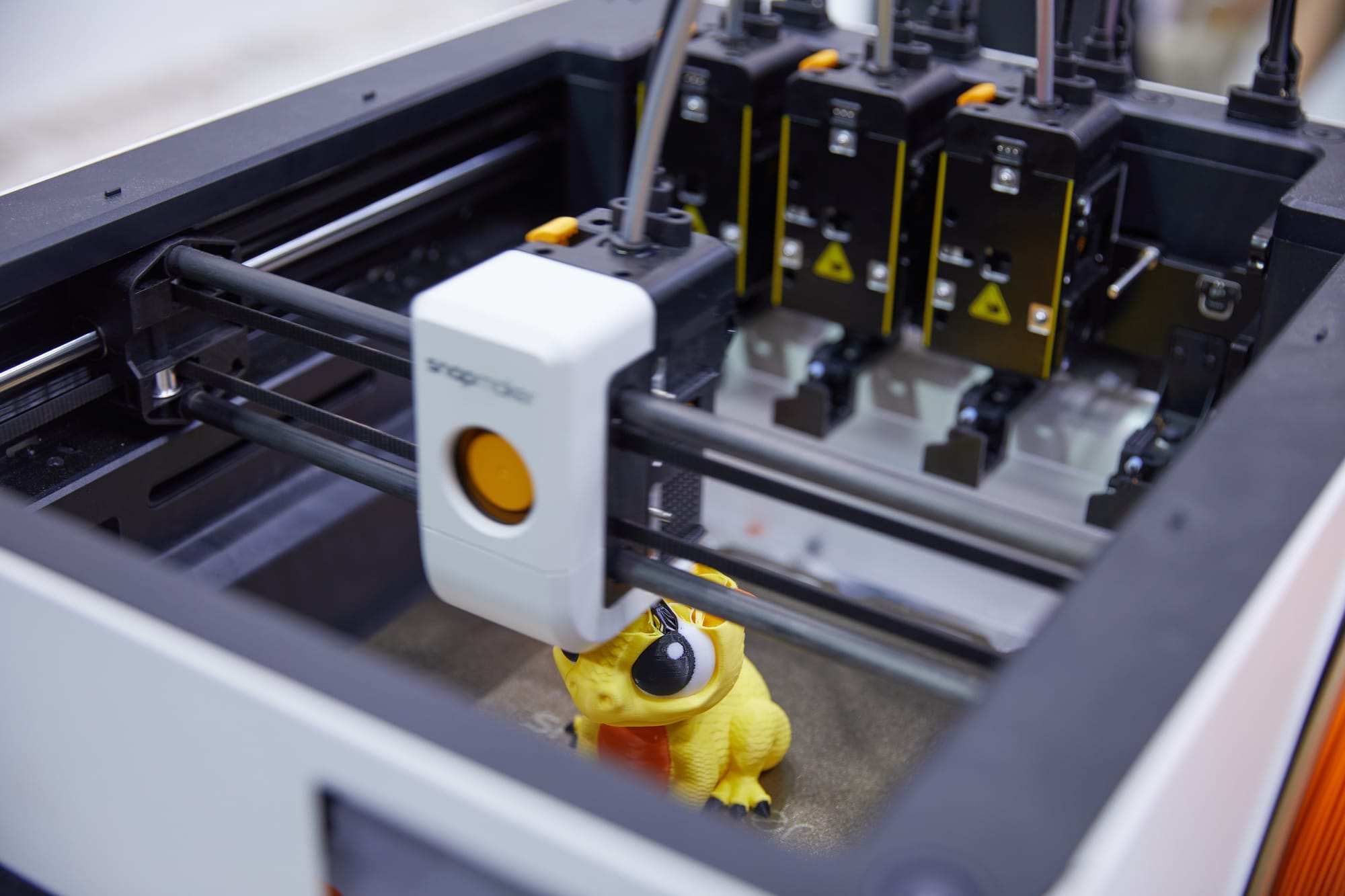
Staying Focused On Your Users
Having a great product is essential, but equally important is how you promote it. When I joined Snapmaker, the U1 was already in motion, but I had an idea on how we could make early moves to ensure its success.
Our greatest asset is our community. When you treat the community well—by sponsoring creators they love, by joining events they're excited about, by making it clear that you're listening—they give back so much. They do word of mouth advertising, they create content, they jump on facebook and discord and help troubleshoot people's problems—and they love it, if you treat them right!
So, I knew, that sooner or later we would need people to Beta Test our new product. So how could I find people that had the right technical skills, that could make content, and very importantly, could be trusted with my company's secrets?
I went to the community and started a series of Video Contests for people that already owned a Snapmaker 2.0 or and Artisan. I gave out prizes so people wanted to join. But the real cherry on top, the real prize, was that the winners of these contests would be in the Snapmaker Test Pilot Program—guaranteed to help test Snapmaker Prototype Machines.
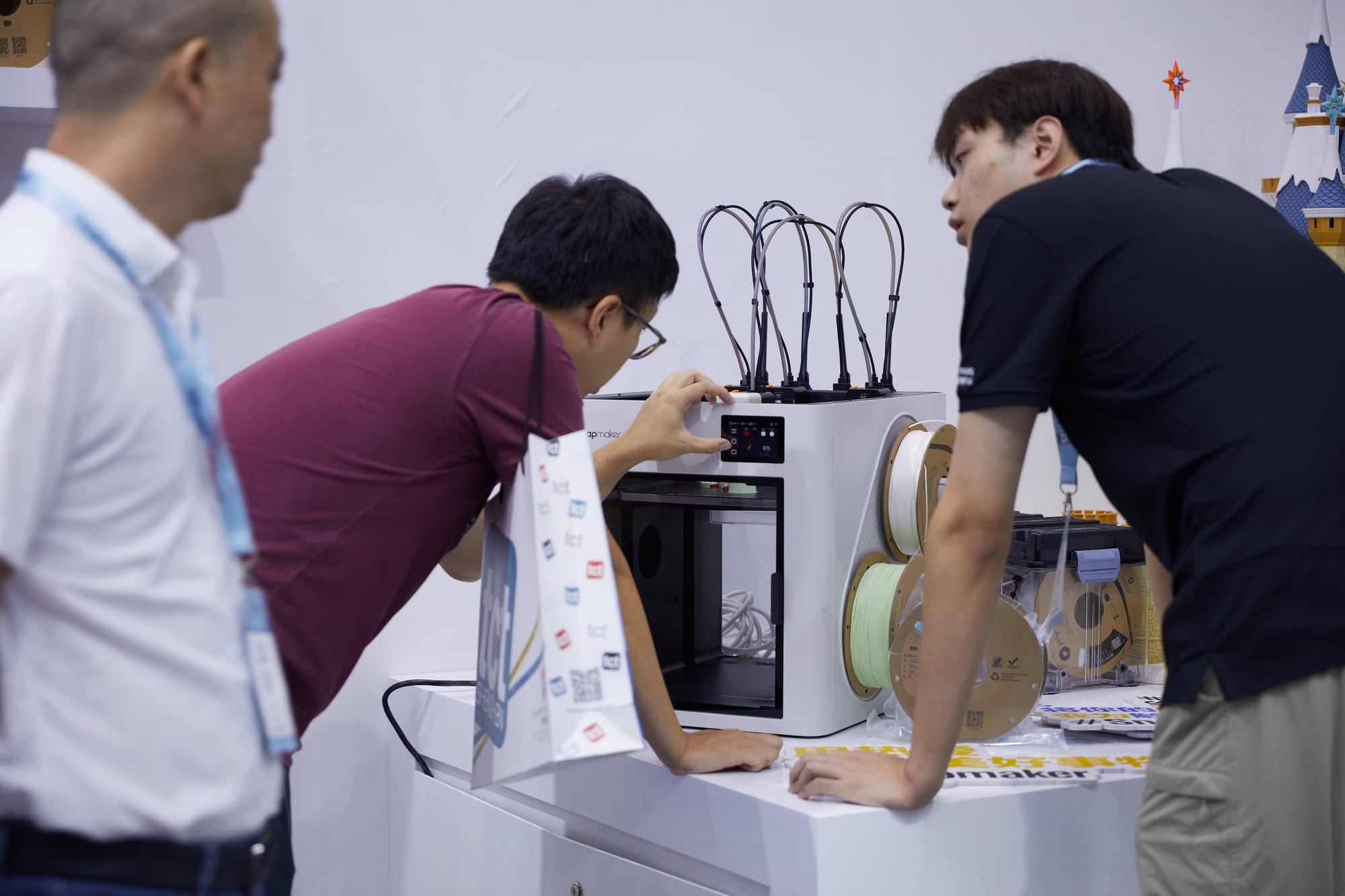
Listening To What These User Have To Say
So, right now, I have 46 machines out in the wild, a combination of these Test Pilots, influencers, and journalists.
We have received extremely thoughtful feedback on these machines, in terms of ergonomics, performance, U1/UX, and of course, software and firmware bug detection.
In response, we've re-designed several parts of the machine as we move it into the final production phase. The final ones will have better filament feeding reliability, better fit on some of the panels and housing, and a re-designed silicone brush for durability.
We've also shipped updates to the slicer and the firmware, solving the most pressing issues that you may have heard about if you've watched some of the YouTube videos.
Getting the U1 into the hands of these testers is bringing it over the finish line in so many ways. The machine itself, the firmware, the software—all of these are now advancing at lightspeed. And, of course, getting the money to fund these final stages of development—this is where our program has really shined.
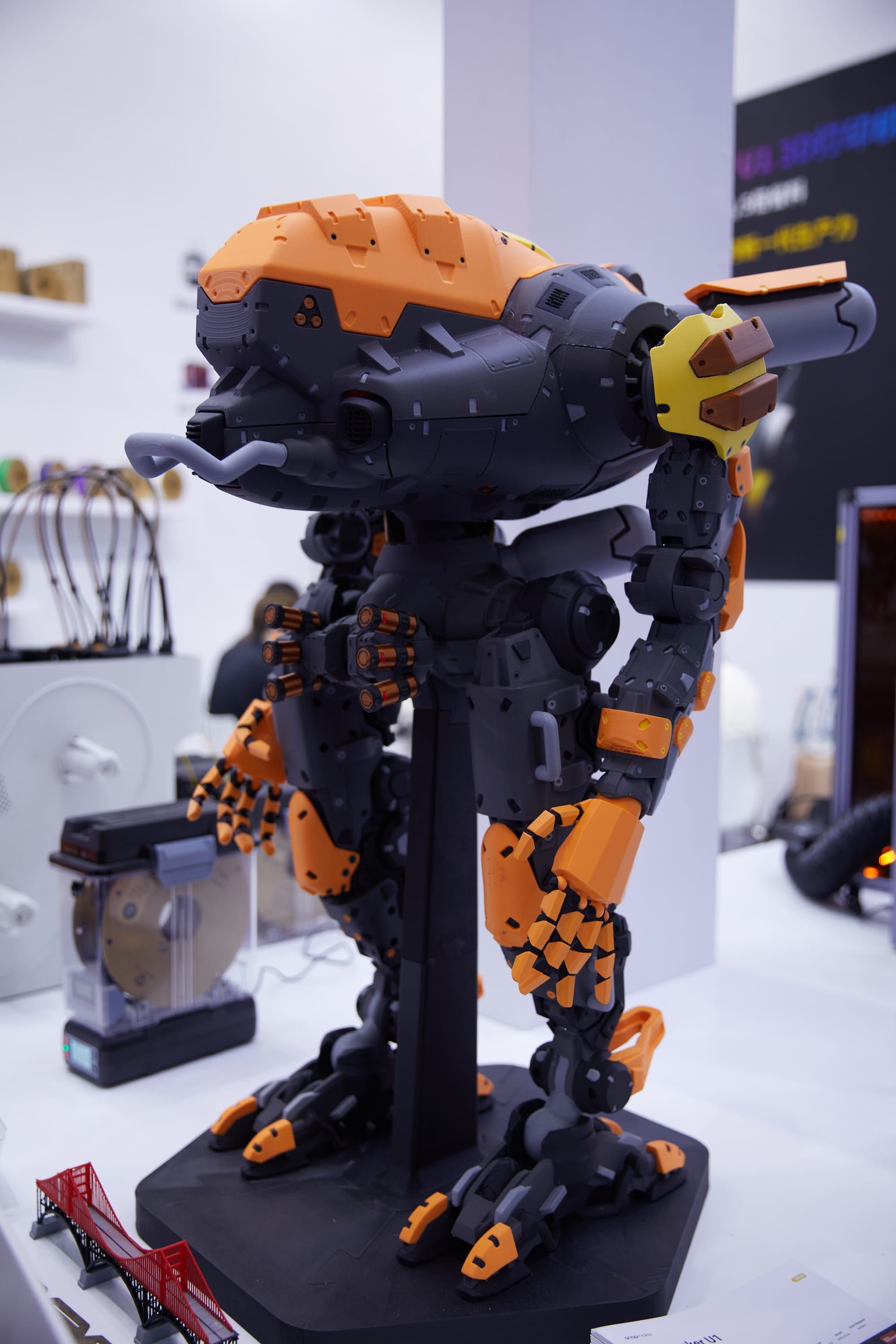
Generating Trust Through Transparency
When you back a Kickstarter, you are basically backing a beta product—you're putting down money on something that is several months away, and putting in a lot of faith that the company will deliver.
To generate that trust, we decided to run a very transparent campaign, one with almost no content control. Go on YouTube and you'll see people talking about the ups and downs of the beta test.
You'll find one influencer that got a DOA machine. The fault rate on the Beta Units was within expectations, and I did have a "second chance" provision in the contract, but we decided to take the radical position of letting them run a video on machine repairability.
When people talk about how excited they are for this machine? You can't buy that — that's real.
I did ask one person to re-print a Benchy.
Regardless, I think this may just be the most open beta test in history. It was perhaps a bit of a gamble, but it means that what you see out there is a very, very complete picture. And based on that picture, you can choose to back us early — or wait. Because the whole point is that we put trust in you, and hope that it's returned in kind.
Getting To (Really) Know Your Users
It depends on your industry, but most of our customers are in the US and Europe—I'd love to do more in APAC, MENA, and I speak a bit of Spanish, so that Latin America market looks gorgeous to me, but regardless of where your customers are, you've got to go to them to know them.
I have had the pleasure of visiting a Snapmaker user in Germany. Staying at his house, getting to see his workshop, meet his family, and even do a little project together.
And for our Kickstarter Video—we didn't hire actors (at least not for the main characters)—we brought in real people, an electro-mechanical engineer who loves Iron Man, and a brilliant fashion designer from London—both of whom really love 3d printing and really love Snapmaker.
This adds an incredible texture to the business. It's not just numbers on a spreadsheet, or CTAs on a landing page—it's becoming part of people's lives.
Listening to their problems. Figuring out what they need.
So What Does This All Mean?
In conclusion...
Build a product they (and you) love.
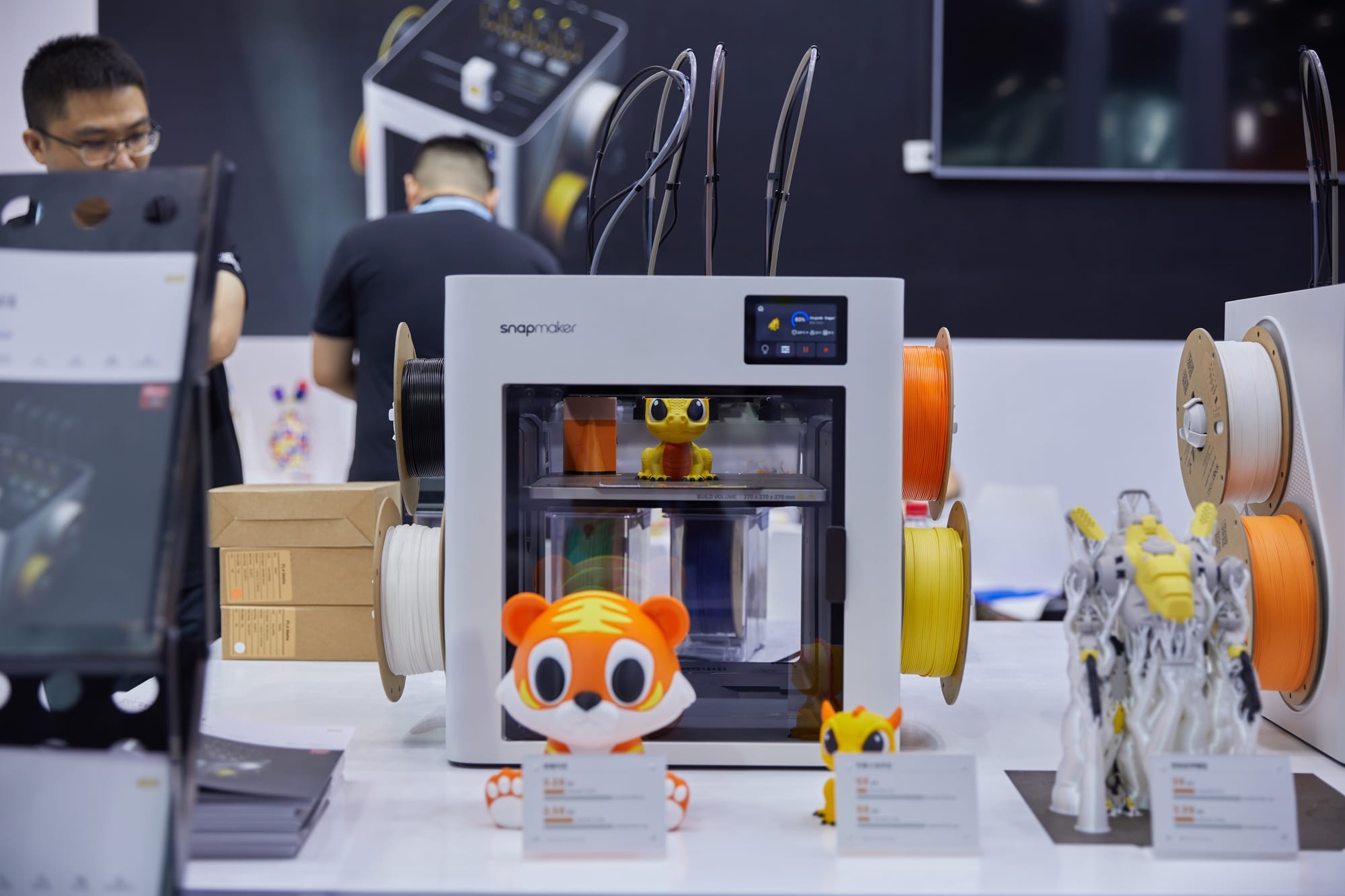
Postscript: Meet the 19 Beta Pilots
Here are projects created by the 19 beta testers. It's interesting to see the diversity of output, and to consider how having such a variety of testers (and creations) is so useful to the final product.


